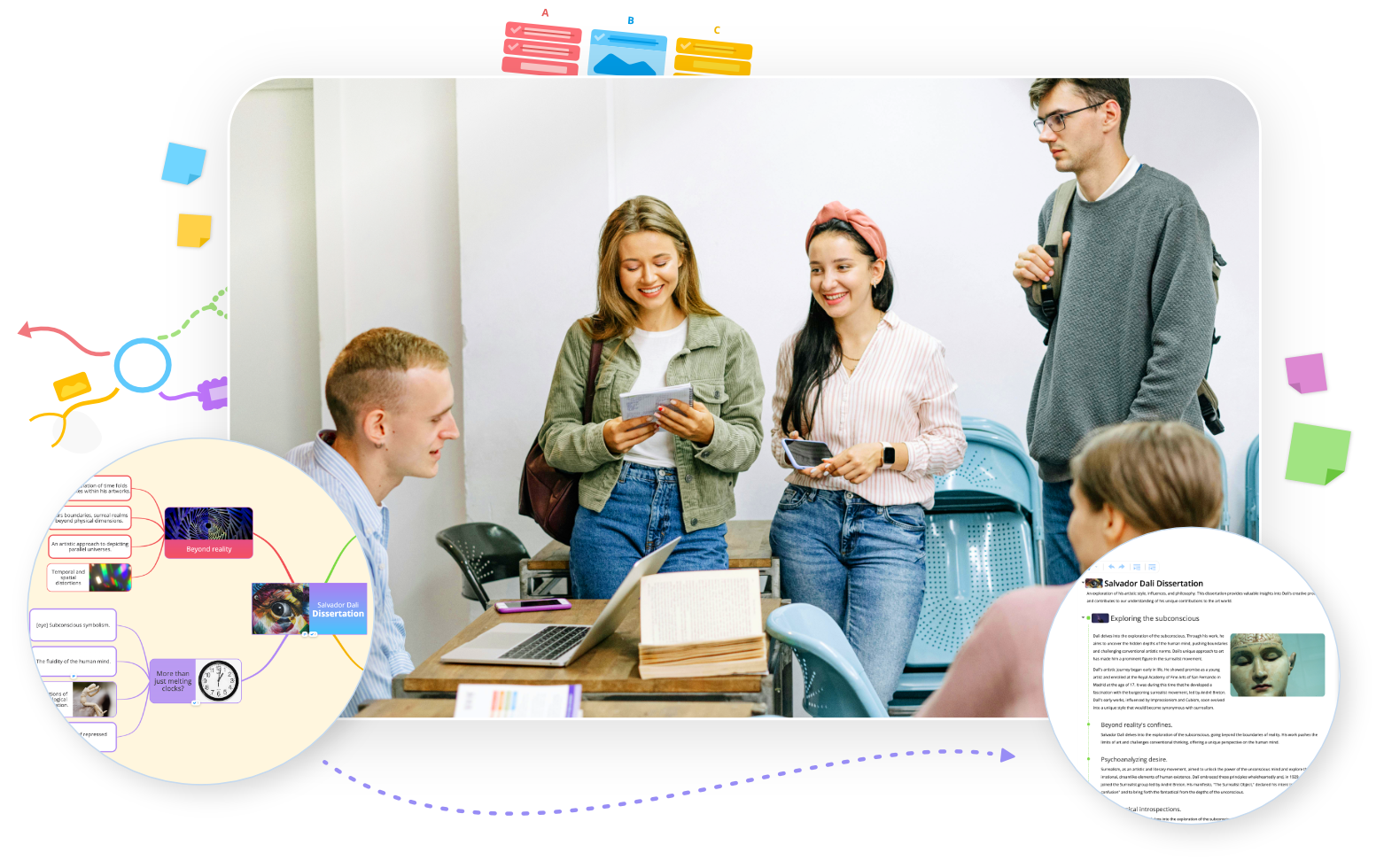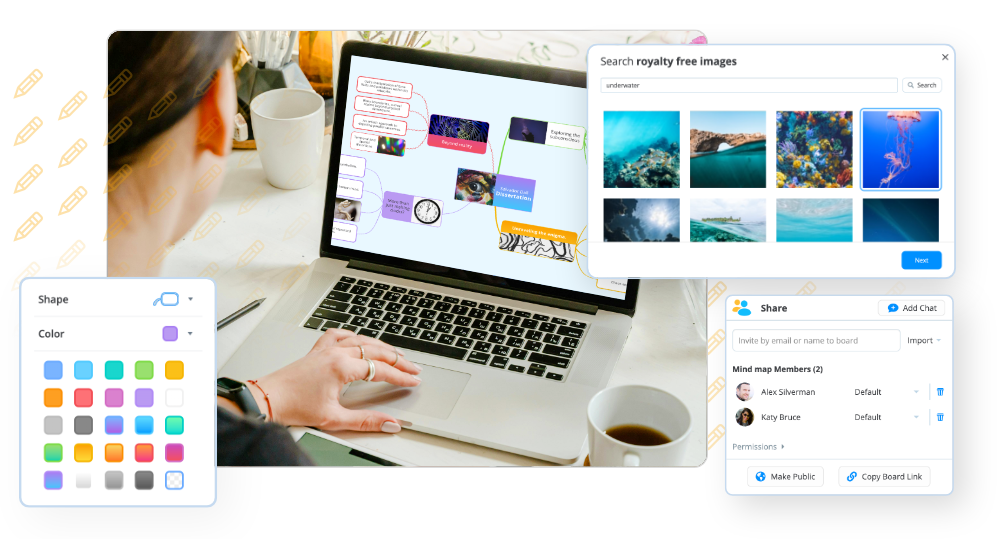Groupthink has long been a challenge for teams looking to be creative. The term refers to a psychological phenomenon whereby a group of people (often colleagues) agree with one another even when they don’t truly agree with the ideas being expressed by the whole. This occurs because the members of the group prize a state of harmony among their peers more highly than the quality of their group decision making.
Needless to say, this can lead to some poor outcomes and is generally a creativity-killer. Learning to combat groupthink is incredibly important, and requires even more care than usual when teams are working remotely. So, here are five ways to beat groupthink while working remotely in order to keep your ideas fresh and the creativity flowing.
Prep ideas before calls
We’ve all seen brainstorming sessions quickly go awry. Sometimes this is due to a dominating personality within the group who pushes forward with their own ideas, leaving everyone else too scared to speak out with their own thoughts. Another issue is social loafing – an issue which occurs when group members are all happy to go along with the first few ideas suggested in order to avoid hard work (an even bigger problem when you factor in the prevalence of Zoom fatigue). Both these phenomena can be combated by asking team members to prepare as many ideas as possible before any group discussion via video call takes place. When we work alone, we feel less vulnerable and concerned about criticism and so naturally produce bolder ideas.
Use powerful tools
They say a worker is only as good as their tools, and when working remotely, this is especially true. When in an online environment you’ll have no access to sticky notes and whiteboards or any of the other tools typically used when in person – and so you need to do your best to recreate these elements online. That’s why a tool like Ayoa can be especially helpful, it facilitates live mind mapping so that groups can collaborate at a distance while still keeping work in a single, shared space. Plus, with added features such as AI-prompts and the option to change viewing preferences, you can ensure that no ideas are shared until you’re ready for them to be visible. This way, all individual and group ideas are kept safe in one central place (much preferable to disparate, individual notes in different locations which then have to be emailed around, wasting more time).
Small group sessions
Having had everyone prepare their ideas individually before a video call, it can be tempting to let the excitement of those ideas spur you straight into a large group call. However, a small group session should not be skipped if at all possible. Communication over video call can be more awkward and clunky than it is in person, between bad WiFi and poor audio, these little strains make us more likely to be agreeable out of a wish to avoid awkwardness (allowing groupthink to sneak back in…). However, the smaller the group, the easier it is to avoid these little snags. In this online setting, individuals can each take turns in reading out their own ideas, after which the smaller group can attempt to cross-pollinate and come up with a list of their agreed upon best overall ideas to bring to the final session.
Bring it all together
With all this done, you can officially come together as a whole group. At this point it’s extra important you name a facilitator who will lead the video call. The facilitator’s role is to listen to the ideas each group has produced and organise them in a centralised, shared space such as an Ayoa mind map or Whiteboard. From here, the facilitator will ensure that all the ideas produced by each smaller group are given equal time and discussion. On this level playing field, a more open, collaborative conversation can then commence. Group members should engage with the ideas on offer, asking for clarification and thinking of ways to join, elaborate and build on the ideas already in play (which can then in turn be captured and structured by the facilitator). By the end of the online session, you should have a comprehensive list of the best ideas to take forward – the meddling of groupthink kept far away from the final list of innovative ideas.
Make sure groupthink is kept far away from your remote ideation sessions by using Ayoa for shared, live mind mapping and powerful collaborative project management.


